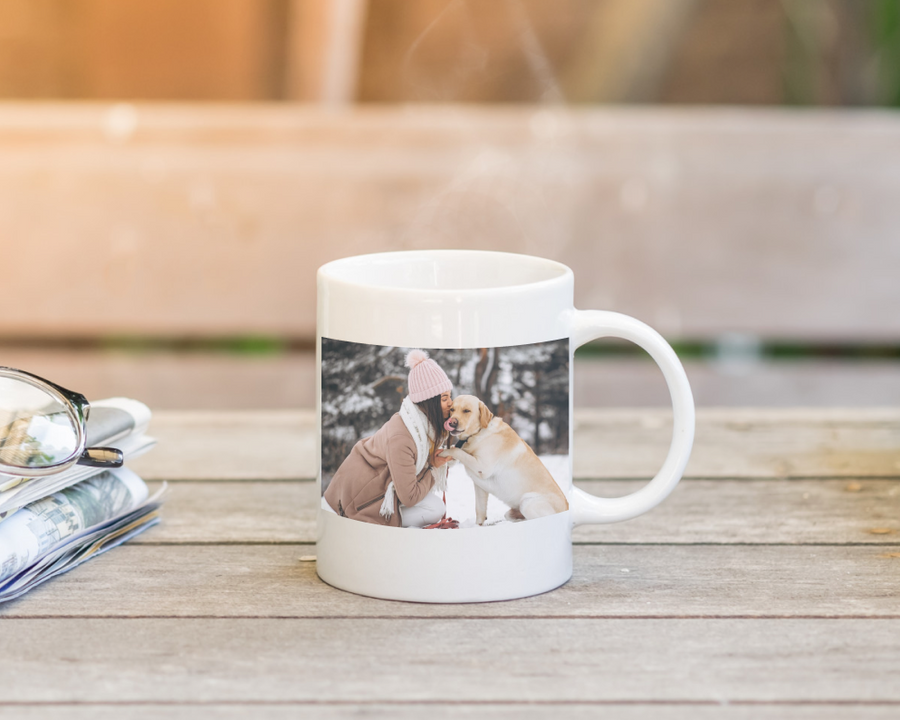Canvas Prints
Upload Your PhotoWhat Are Stickers Made Out Of
The Art and Science of Sticker Making
Unraveling What Stickers are Made Of
The ubiquitous sticker. It adorns everything from laptops to lamp posts, and from water bottles to store windows. But what lies beneath their colorful, adhesive surface? Stickers are not one-size-fits-all. They are made of a diverse array of materials, each carefully selected to serve a specific purpose. Here we take a deep, adhesive-backed dive into the craft and composition of stickers, an exploration of what makes them stick, and more importantly, what makes them last.

Sticker Materials
Sticker materials are as varied as the purposes they serve. These materials are the backbone of any sticker, influencing everything from design possibilities to how long the message endures. For crafters, small business owners, and marketers, understanding sticker materials can mean the difference between a fleeting impression and a durable brand statement.
The Vinyl Voyage
Vinyl stickers are perhaps the most common, the workhorses of the sticker world. Durable, waterproof, and versatile, vinyl stickers are designed to withstand the elements. Typically made of polyvinyl chloride (PVC), these stickers can handle tough industrial, automotive, and marine conditions. They can be used for everything from safety labels to vehicle decals. But perhaps the most endearing trait of vinyl stickers is their ability to display bright, bold colors, making them ideal for eye-catching branding.

The Clear Conundrum
Often polyester, clear stickers allow for a minimalist, "no sticker" look that's perfect for business cards, custom packaging, and window decals. The transparency of these stickers gives designers the freedom to create subtle promotional materials that appear almost invisible when applied. Their subtlety is matched only by their strength, as they are incredibly tear-resistant and maintain adhesive integrity even on curved surfaces.

Holographic Hues
Holographic stickers are more than a mere label; they’re an experience. Paper with a rainbow finish laminated with polyester film, these stickers create a light-bending fun house effect that instantly adds a cool, futuristic feel. They're often used for enhancing product packaging, credentials, and as promotional items. The interplay of design and material makes them perfect for standing out in a sea of standard stickers.

The Test for Texture and Adhesion
When considering the perfect sticker for a project, texture and adhesion are critical. Glossy stickers — normally coated with a high-shine finish — not only look great but provide better protection against the elements. Matte stickers, on the other hand, offer a more subtle, sophisticated look. In terms of adhesion, peelability is often just as important as stickiness, especially for labels that may be reapplied or removed. Manufacturers can adjust the level of 'tack' in their stickers to suit the intended purpose.
Durability in Design
When it comes to durability, laminations are key. Stickers can be laminated to protect the ink from scratches, the sun's UV rays, and moisture. This is especially important for outdoor stickers, as it not only extends their life but also maintains their aesthetic appeal. Given the tendency of outdoor stickers to face the hazy, humid, and otherwise harsh world outside, laminated stickers can mean the difference between a long-lasting message and a stubborn adhesive ghost.
The Environmental Equilibrium
With environmental consciousness on the rise, sticker materials are not exempt from the scrutiny. Vinyl stickers, while durable, present concerns about their production and disposal. PVC is a known source of dioxins, a group of highly toxic compounds that have been linked to environmental harm. However, alternative materials such as biodegradable poylester can provide a more eco-friendly option, with the durability users crave without the environmental baggage.

The Weight of Waterproof
Not all stickers are created waterproof. The material used can make or break the sticker's ability to repel water. Vinyl stickers are the stalwarts here, capable of shrugging off the rain and even an accidental cycle in the dishwasher. However, clear and holographic stickers, made predominantly of paper or thin plastic films, are not inherently waterproof. They rely on coatings or laminations to achieve water resistance — a feature that dictates their specific use and the environments in which they thrive.
Conclusion
The choices for sticker materials are vast and varied, a testament to the ingenuity and adaptability of the sticker industry. Crafters can now select from a palette of materials to bring their visions to life, small business owners can ensure their brand messages endure, and marketers can create promotional materials that not only dazzle but also last. The sticker story is one of innovation and choice, and as technology continues to advance, we can expect even more impressive materials to enter the scene.
The next time you peel a sticker, take a moment to consider what it took to make it so sticky — and so much more. And remember, the material you have in your hand is not just a sticker; it's a canvas, a protector, a brand ambassador, an advocate for causes, and an exemplar of taste and style. It's not just what it sticks to that matters; it's what it's made of that counts.

